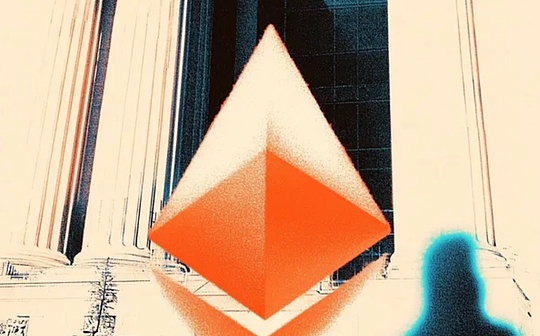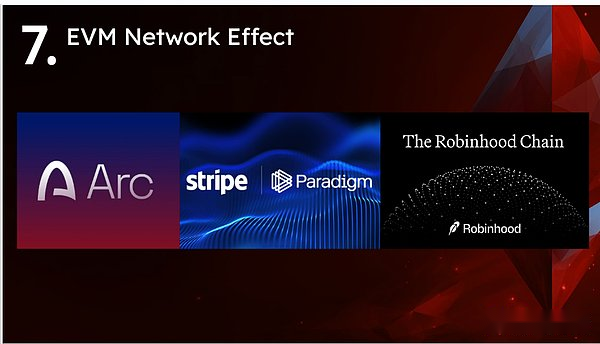
Author: David Hoffman, Co-founder of Bankless; Translation: Bitchain Vision xiaozou
This week’s crypto topic revolves around the announcement of enterprise-class L1 blockchains and Circle and Stripe.
Circle’s new L1 network Arc is an EVM-compatible license chain, with a consortium of 20 regulated authoritative organizations serving as verification nodes.
The L1 Stripe is building is likely to take Paradigm’s RETH client – a high-performance Ethereum client written in Rust.Paradigm founder Matt Huang, who serves on the Stripe board, is likely to provide important technical support for the Stripe chain called Tempo.
The discussions of the crypto community this week can basically be summarized as: “Is this a blessing or a disaster for the crypto industry? What impact will it have on my position?”
I personally think the licensed L1 is extremely boring.In my opinion, the core values and “main plot” in the field of encryption have always been open source software, and Ethereum is the center of this story.
The construction of enterprise-level L1 is far from the main plot of the crypto world, and it even seems irrelevant.For Circle and Stripe, blockchain technology is nothing more than used as a database architecture—that’s all.
Will Arc and Tempo mint L1 native assets?
If they choose to do this, it means there is an intention to decentralize the network—this kind of chain will start to move towards the direction I am interested in.But in a time when there is no more data support, it is reasonable to speculate that neither chain will issue L1 assets, but will only handle stablecoin settlement as the private intranet behind the front-end application.
There is an iron rule in the field of crypto: any project that can issue coins… it will eventually issue coins (you, Base), so it is too naive to completely ignore this possibility.If these enterprise-level L1s end up really issuing tokens, it means they are taking a step forward toward the open source decentralized developer platform – in my opinion, this is closer to the main plot of the crypto world.
Stripe and Circle will try to attract developers toYour ownIs it an ecosystem built on the chain?
Will developers be willing to develop and build on other people’s territory?——Without having no reward and no partial ownership of this territory?Stripe already has a huge developer community…but that is the Web2 developer community that builds Web2 front-end and e-commerce websites.Can this translate into motivation to encourage Web3 developers to build on Tempo?Will the value of developing on Tempo exceed the value of building the same thing on Ethereum or any of its L2?
Perhaps these chains end up being just lifeless licensed alliance chains, without L1 native assets, and are just used as business logic backends to replace Visa, Mastercard and Swift’s own settlement networks.
All of these issues are inconclusive, so I think it’s too early to argue “whether this is good for BTC, ETH, SOL or the crypto industry as a whole.”
But the undisputed fact is that these enterprise-level L1 chains are beneficial to Ethereum virtual machines (EVMs).

It all started with Robinhood Chain, which sets a precedent for traditional financial companies to build and own EVM instances.Robinhood has hired EVM developers, and EVM is now at the heart of its business.Today, we can also add Circle and Stripe to this list – traditional financial companies are hiring and managing EVM talents to incorporate them into their own enterprise architecture.
Therefore, the core conclusion is: every traditional financial company entering the crypto field needs to recruit EVM developers, and regards EVM as an entry ticket for traditional financial companies to upgrade back-end logic to the blockchain era.
Just as Microsoft Excel drives traditional financial operations, Ethereum virtual machines (EVMs) are becoming the new ledger software that Wall Street must be equipped with – only in this way can we maintain market share and avoid being subverted by innovation in the Ethereum ecosystem.

When you really go deep into Ethereum’s “rabbit hole”, you realize that all roads ultimately point to ETH’s value capture.Although these paths are a little mild and not direct enough, the expansion of the EVM empire will eventually bring value appreciation to this asset at the core of EVM.







